This post may contain affiliate links which means I will get a commission if you make a purchase at no additional cost to you. As an Amazon Associate I earn from qualifying purchases. Please read my disclosure for details.
Restaurants are quietly shifting menus as the FDA steps up its crackdown on additives and artificial ingredients. These changes are not always announced, but they are happening.
From sauces to sodas, items with questionable components are being dropped or reformulated. Customers may not notice at first, but regulars might miss the difference.
Artificial Cheese Sauces are Fading Away
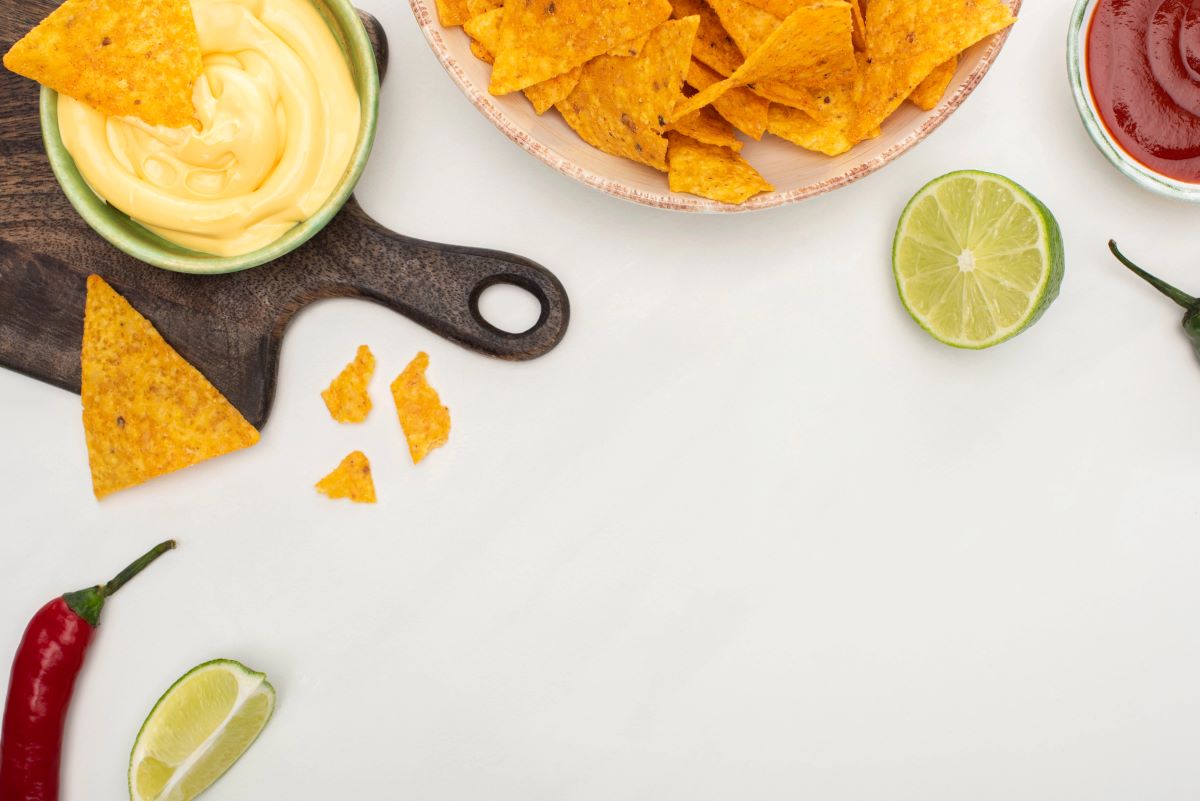
WANT TO SAVE THIS RECIPE?
That neon orange cheese sauce you loved with nachos is under pressure. Restaurants are dropping it as artificial dyes like Yellow No. 6 face tighter FDA scrutiny and changing public taste. New sauces aim for real cheese flavor, without the synthetic stuff.
Chicken Tenders with TBHQ are Vanishing

Some fried tenders relied on TBHQ, a preservative linked to potential health concerns. With mounting FDA interest in cleaner labels, restaurants are quietly removing or reformulating these items to stay ahead of potential safety concerns and customer skepticism around hard to pronounce ingredients.
Cheesecakes are Getting a Texture Makeover

To hold their shape, some cheesecakes use artificial stabilizers like carrageenan. But FDA attention to these additives is leading chains to choose simpler recipes. Expect richer textures made from natural ingredients and fewer mystery words buried in the dessert section.
Certain Raw Onions are Off the Menu
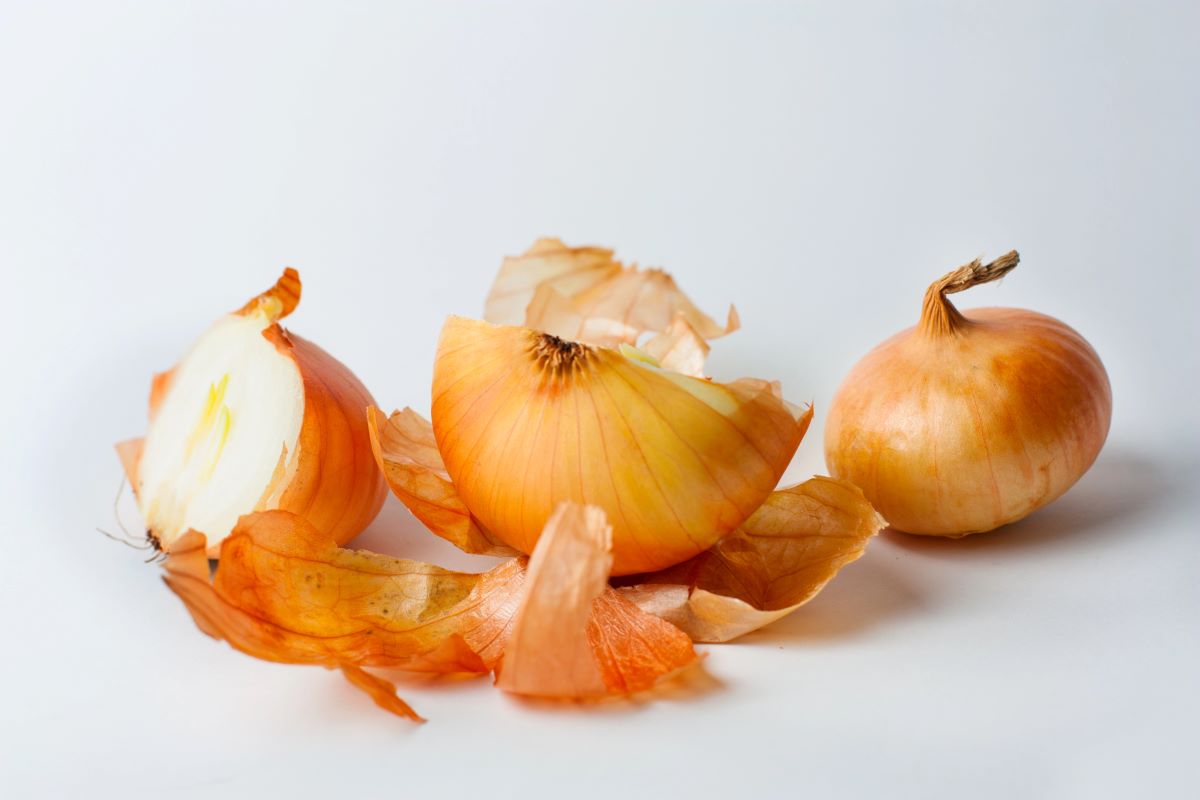
After outbreaks linked to specific facilities, some major restaurants stopped serving certain raw onions. FDA investigations pushed suppliers to clean up practices, and chains moved fast. Now, you might notice fewer raw toppings, especially on tacos, burgers, and fresh salad bars.
Citrus Sodas with BVO are Drying Up
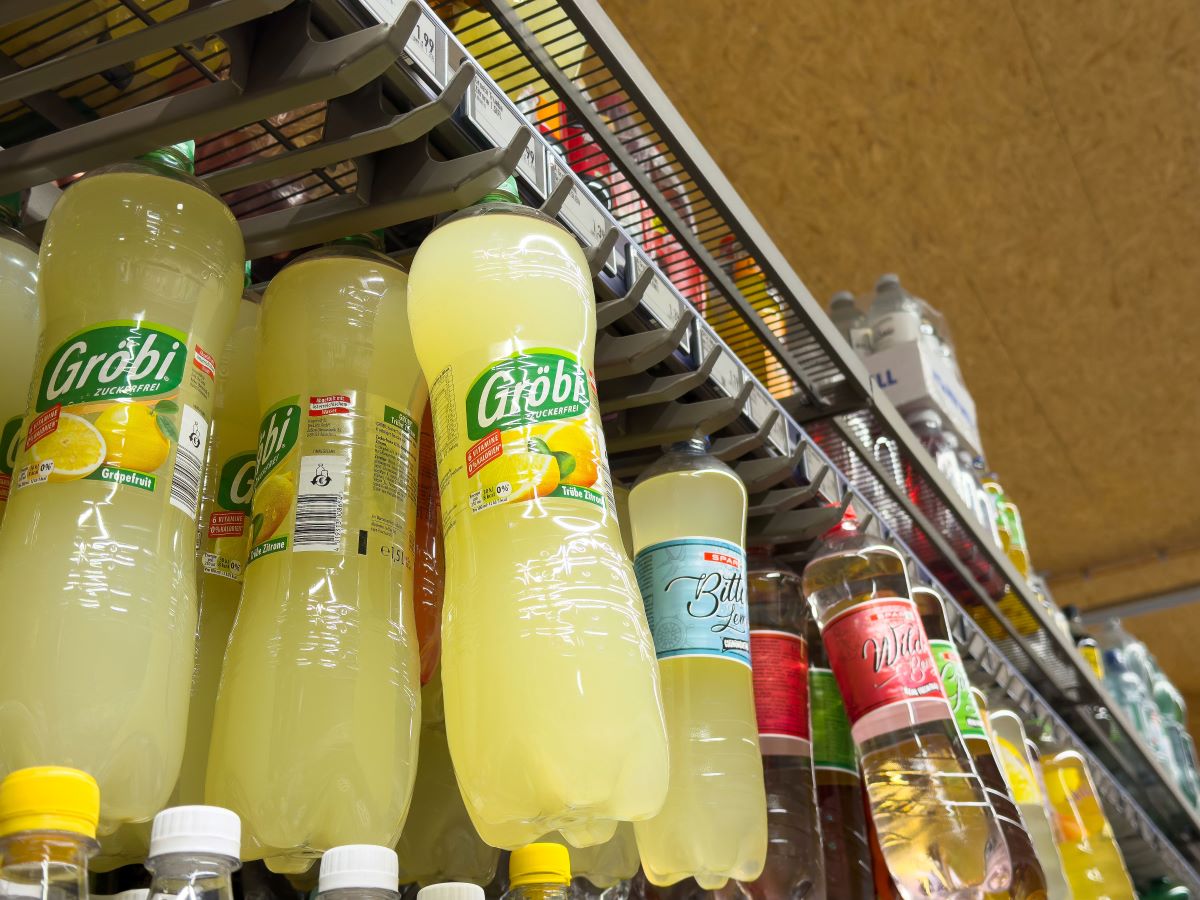
Brominated vegetable oil, once common in citrus drinks, raised enough concern to prompt a change. Though not officially banned, many restaurants have dropped BVO containing sodas to avoid the growing spotlight and to meet rising demand for cleaner, more trustworthy beverage options.
Enzyme Treated Meats are Being Replaced
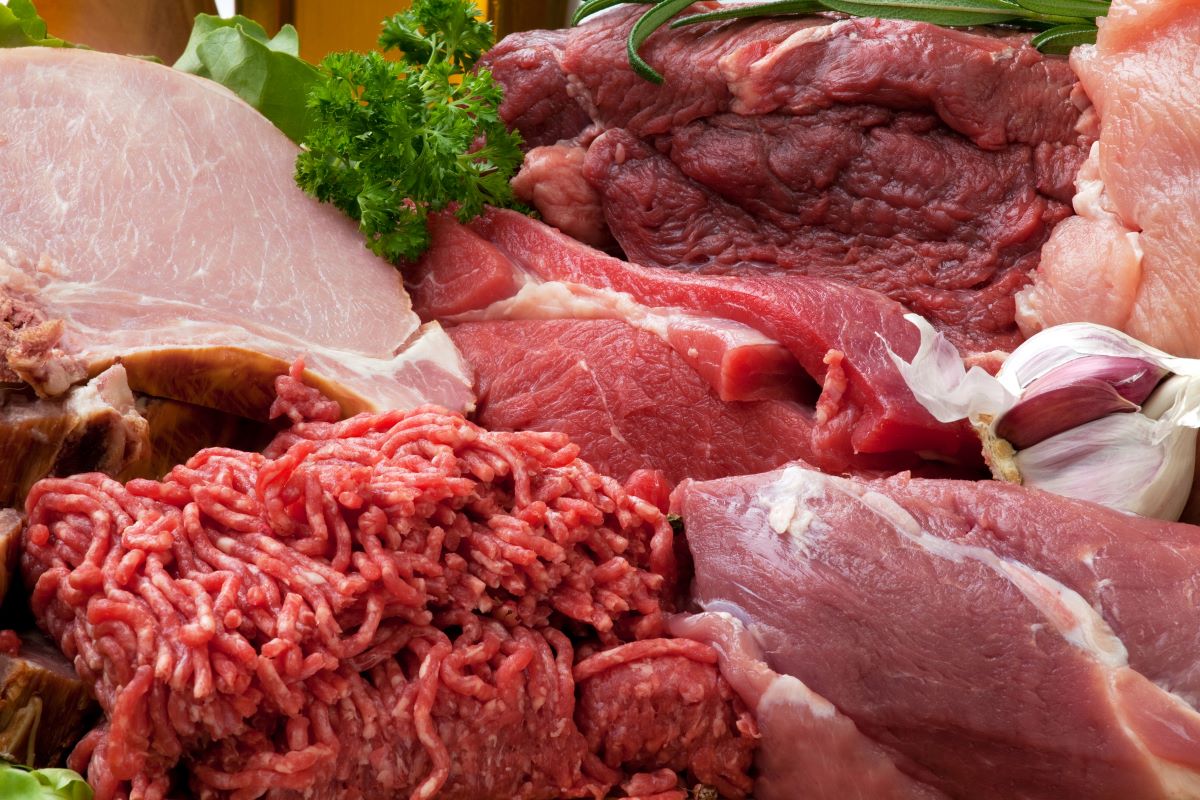
Some meats were tenderized using enzymes like papain. But questions about labeling and processing methods caught the FDA’s attention. More restaurants now favor natural aging or gentler techniques to prepare meats, making menus feel less processed and more transparent about how food is made.
Related Post: 12 Farmers Market Gems That Taste Like July Fourth Freedom
Synthetic Leaveners are Losing Ground
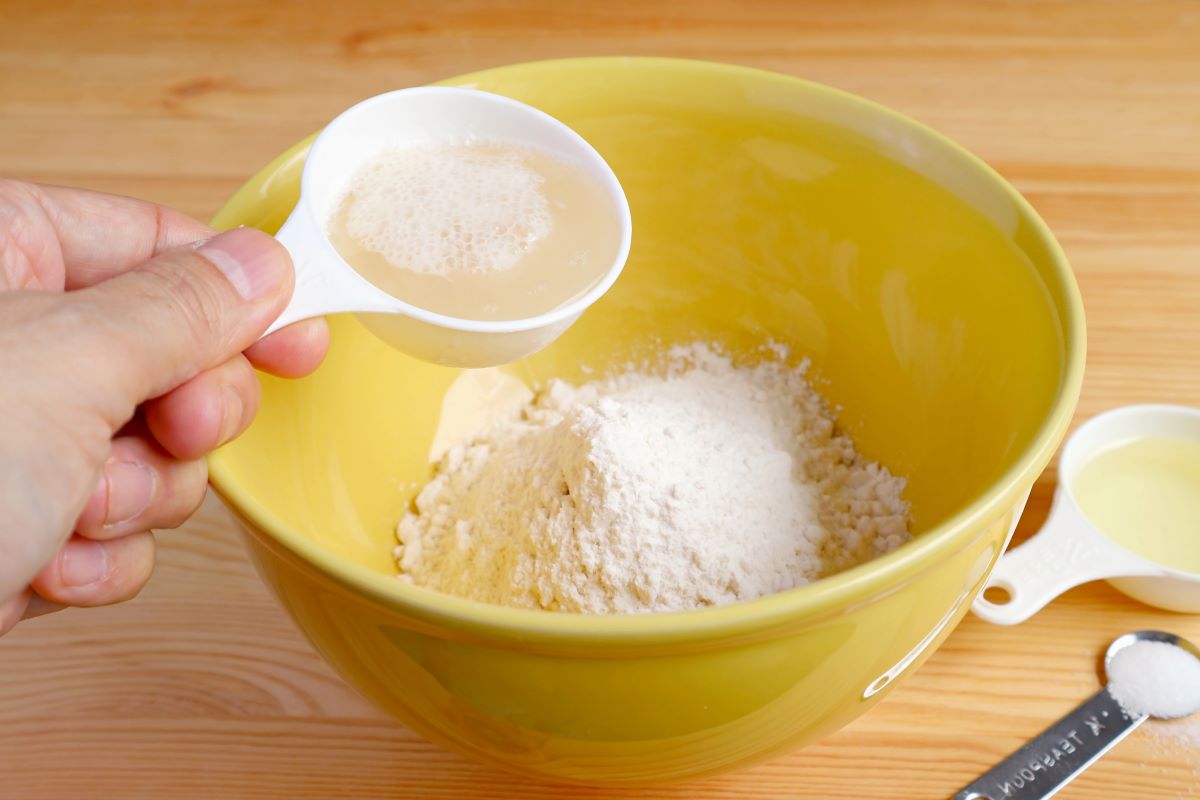
Onion rings and fried appetizers often use artificial leaveners in their crispy coatings. With rising FDA concern over synthetic ingredients, many kitchens are opting for simpler batters using baking soda and familiar pantry items instead of chemical shortcuts with longer shelf lives.
Related Post: 12 Independence Day Restaurant Meals That Are More Patriotic Than Fireworks
Chocolate Lava Cakes are Being Tweaked

The gooey centers in some chocolate cakes relied on artificial thickeners. As the FDA pushes for clearer labels, restaurants are swapping them out. More desserts are going natural, with real chocolate, eggs, and cream doing the heavy lifting, no strange stabilizers needed to impress guests.
Related Post: 12 Grocery Staples Disappearing Fast Before July Fourth Grab These Before They’re Gone
Menu Meats with Sodium Phosphates are Declining
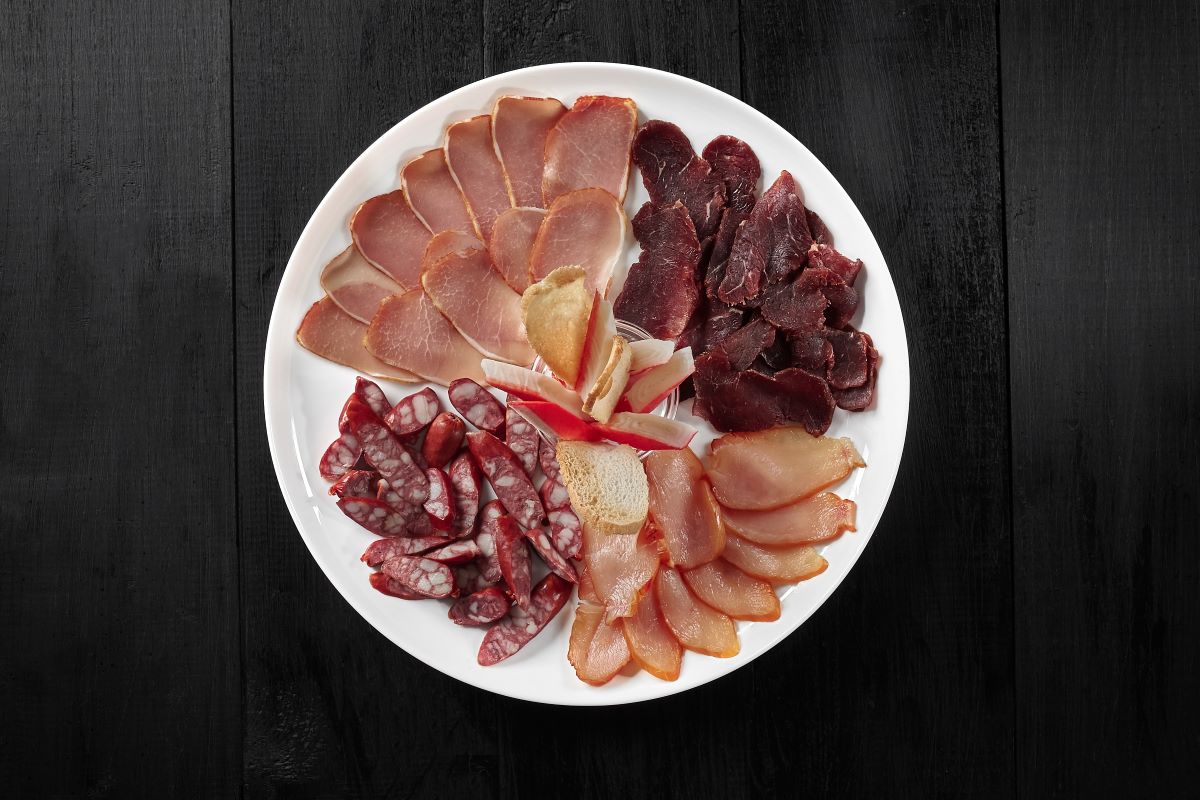
Sodium phosphate makes meats last longer and taste saltier, but now they are under health review. Restaurants are cutting back or removing items high in this additive, especially in deli meats and breakfast sandwiches. Lower sodium versions are quickly becoming the default option.
Related Post: How French Butter Became The Centerpiece Of Luxury Dining In New York
Bright Blue Cocktails are Changing Color

Electric-hued drinks often owe their glow to synthetic dyes. With the FDA watching closely and customers asking questions, bars are shifting to natural alternatives like spirulina or beet extract. The new versions might look less wild, but they still taste just as fun.
Related Post: These Shops Have Survived Three Generations Of Grocers
Preservative Laden Calzones are Disappearing
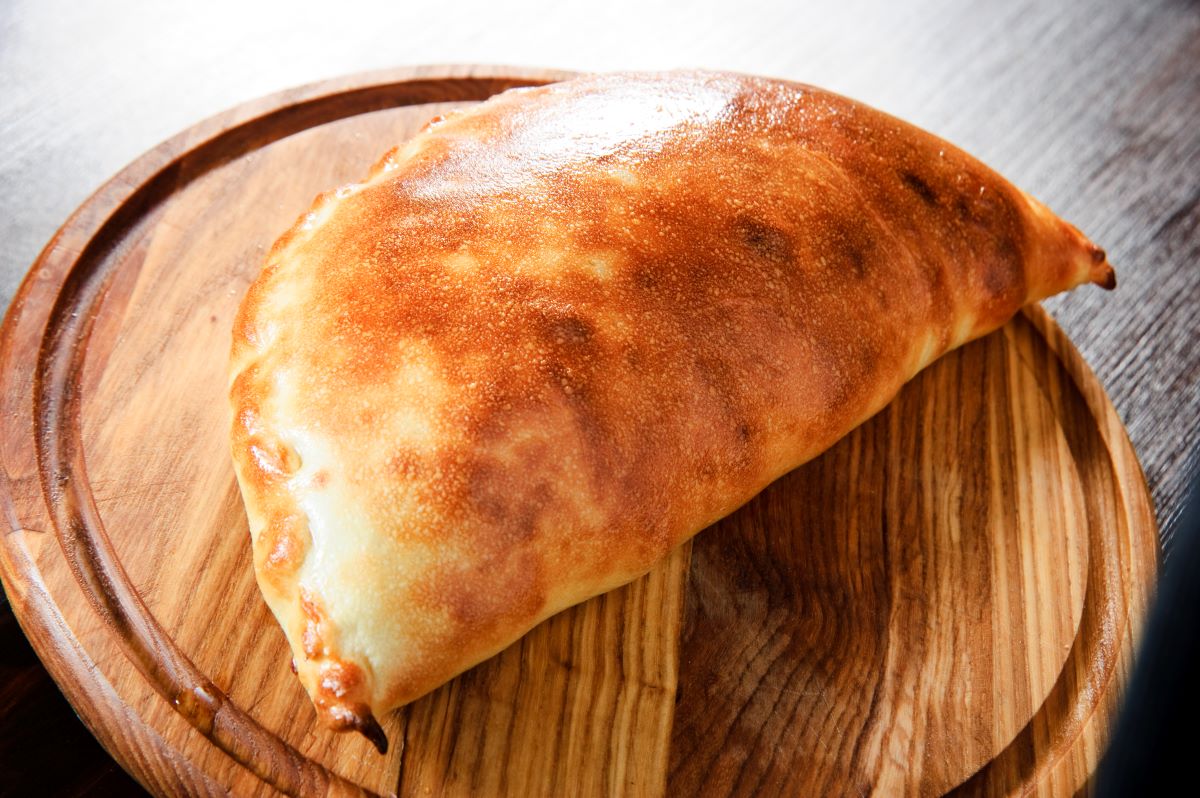
Some calzones used preservatives in doughs and fillings for convenience. As chains aim for cleaner menus and FDA guidelines grow firmer, these additives are being cut. You might notice slightly shorter shelf lives, but fresher flavors and more appealing labels are the payoff.
Related Post: What Florists Say You Should Never Store Near Your Produce
Sign up now to receive our exclusive e-cookbook filled with top-rated recipes for FREE!
Lobster Bisque is Getting a Real Cream Upgrade

To keep lobster bisque thick and silky, many places use modified starches. But those are slowly being replaced with old-school techniques, roux, cream, and butter. It is a return to richer recipes as FDA and diner demands shift toward authenticity and recognizable ingredients.
Related Post: People Are Crossing State Lines To Save On Groceries At These Spots
Salt Heavy Sauces are Quietly Slimming Down

Many restaurants have reduced sodium quietly, especially in dressings and sauces. With the FDA urging lower intake across the board, kitchens are adjusting behind the scenes. The goal is balance, less salt, more flavor, and customers are rarely told, unless they ask.
Related Post: The Flower Shops That Double As A Hidden Deli
Restaurants are learning that cleaner ingredients matter. As FDA pressure rises, menus shift quietly behind the scenes. Less flash, more care, your favorite meals may now come with fewer surprises on the label.
Disclaimer: This list is solely the author’s opinion based on research and publicly available information.
12 Shocking Additives In Fast Food RFK Jr Plans To Erase For Good

Fast food may be fast, but it’s not always clean, especially when loaded with questionable additives hiding in plain sight. These ingredients raise major health and ethical concerns. RFK Jr. has vowed to clean up America’s food by targeting these culprits. His plan focuses on transparency, consumer safety, and phasing out synthetic substances that don’t belong on your plate.
Read it here: 12 Shocking Additives In Fast Food RFK Jr Plans To Erase For Good
How to Save $100+ Every Month at the Grocery Store

From planning your meals to avoiding sneaky upcharges in the snack aisle, here’s a realistic guide to trimming your food budget without adding stress to your week.
Read it here: Things Moms Waste Money On (and Don’t Even Know It)
Is Walmart+ Still Worth It in 2025? The Truth After 3 Years

Is the new Walmart Plus worth the annual fee or is it just another failed version of Amazon Prime? I spent my own money trying this service out for 12 months and counting. I have a lot to say about the benefits and drawbacks in this Walmart+ honest review.
Read it here: Is Walmart+ Worth It? Honest Review 3 Years Later!
You’ll love these related posts:
- The 7 Frozen Meals That Defined Childhood In The Midwest
- Gen Z Shoppers Are Just Now Discovering This Boomer Grocery Hack
- These 5 Restaurants Are Built To Look Like The Past And People Love It
- These 7 Bistros Are Time Capsules And The Food Is Still Perfect
- 12 Farmers Markets In California Where Prices Are High But So Is the Quality
